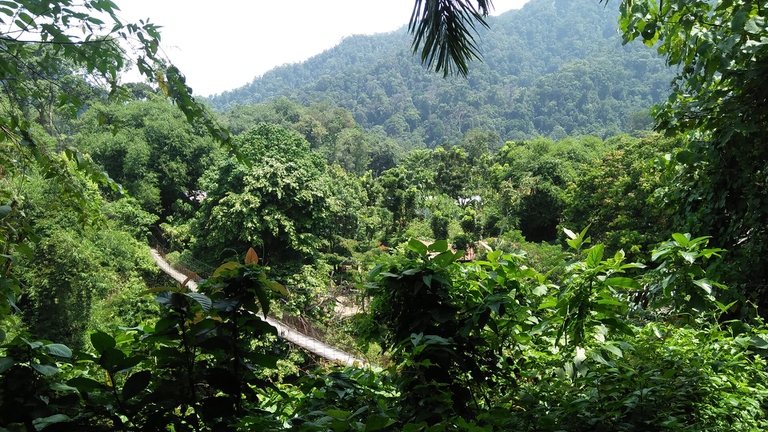https://www.lifegate.it/stato-foreste-fao
- |
- The Food and Agriculture Organization of the United Nations (FAO) has published the new edition of the State of the world forests.
- Deforestation is declining, but climate change makes forests more vulnerable to fires and pests.
- The report emphasizes the role of innovation in protecting forests.
How are the forests of our planet doing? It is he who gives an answer every two years State of the world forests, a powerful one relationship published by the Food and Agriculture Organization of the United Nations (Fao).The 2024 edition makes it clear that man is the greatest threat to the future of forests.Because it accelerates i climate changes, which make them more vulnerable, and because it exploits them to obtain wood and other resources without worrying too much about the consequences.But it is always man who has the means and the ability to save them, leveraginginnovation.
Forests are more vulnerable due to the climate crisis
In 2020 the forests they occupied 4.1 billion hectares, i.e 31 percent of the emerged land.Just five countries share 54 percent of this immense surface:Russia, Brazil, Canada, the United States and China.It is true that in the last three decades, between 1990 and 2020, 420 million hectares of forests have been converted to other forests.But it is also true that the report opens with good news:in some territories, deforestation is visibly decreasing.And they are not just any territories: the Brazilian legal Amazon (minus 50 percent in 2023), Indonesia (minus 8.4 percent in 2021-2022), mangrove forests (in the decade 2010-2020, the global gross loss rate decreased by 23 percent compared to the previous decade).

It must be said, however, that, due to the climate changes, existing forests are much more vulnerable to external stressors.The data proves it.In 2023 the fires they burned 383 million hectares, an area larger than that of India.And it is reasonable to assume that many smaller fires have escaped monitoring.As long as it comes to controlled fires, can be instrumental in keeping forests healthy;but those uncontrolled, much more dangerous, they are becoming more intense and frequent precisely because of the climate crisis.And, in turn, they fuel it, because in 2023 they emitted 6.6 billion tons of CO2 into the atmosphere globally.
Climate change also favors the spread of invasive alien species, including insects and pathogenic microorganisms that affect the growth and survival of trees, the quality of wood and the capacity of CO2 sequestration.If forest management is poor, even the "native" parasites of the area proliferate and cause significant damage.In South Korea alone, for example, 12 million pine trees have died over the course of 35 years due to pine wood nematode.
What role does innovation play:18 concrete examples
Despite these threats, wood production increases:has reached 4 billion cubic meters per year, half of which is used as fuel (directly or in the form of pellets or charcoal) and the other half as raw material.Demand is expected to further increase by nearly 50 percent by mid-century.Even today, 2.3 billion people (mainly in sub-Saharan Africa) need wood for keep warm or cook.5.8 billion people use non-timber forest products, whether animal or plant.And, among the poorest segments of the global population, seven out of ten people without wild species they would not know how to feed themselves, obtain energy, medicines, food and sources of income.
Protecting forests, therefore, means protecting biodiversity and the climate, but also the livelihood of billions of people.Humanity can do it, if it deploys its ability to innovation.Innovation understood in many senses:technological, without a doubt, but also social, political, institutional and financial.In the pages of the report, the FAO presents well 18 case studies from all over the world.For example, you can use artificial intelligence to analyze data collected by drones and satellites;fossil products in construction can be replaced with those based on engineered wood;policies can be developed that involve women, young people and indigenous peoples;or, again, they can be proposed financial solutions innovative in the public and private sector to give value to forests and to those who manage them in a sustainable way.Innovations which, however, cannot simply be dropped from above.Innovating means knowing recognize the local circumstances, perspectives, knowledge, needs and rights of all socio-economic and ethnic groups.
